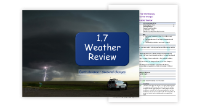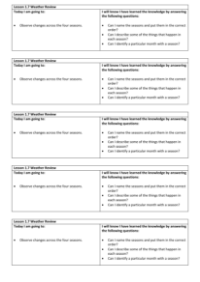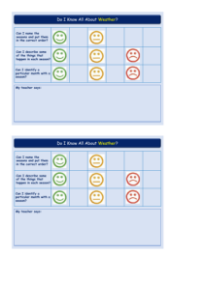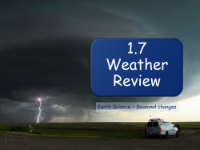Weather Review - Lesson Plan
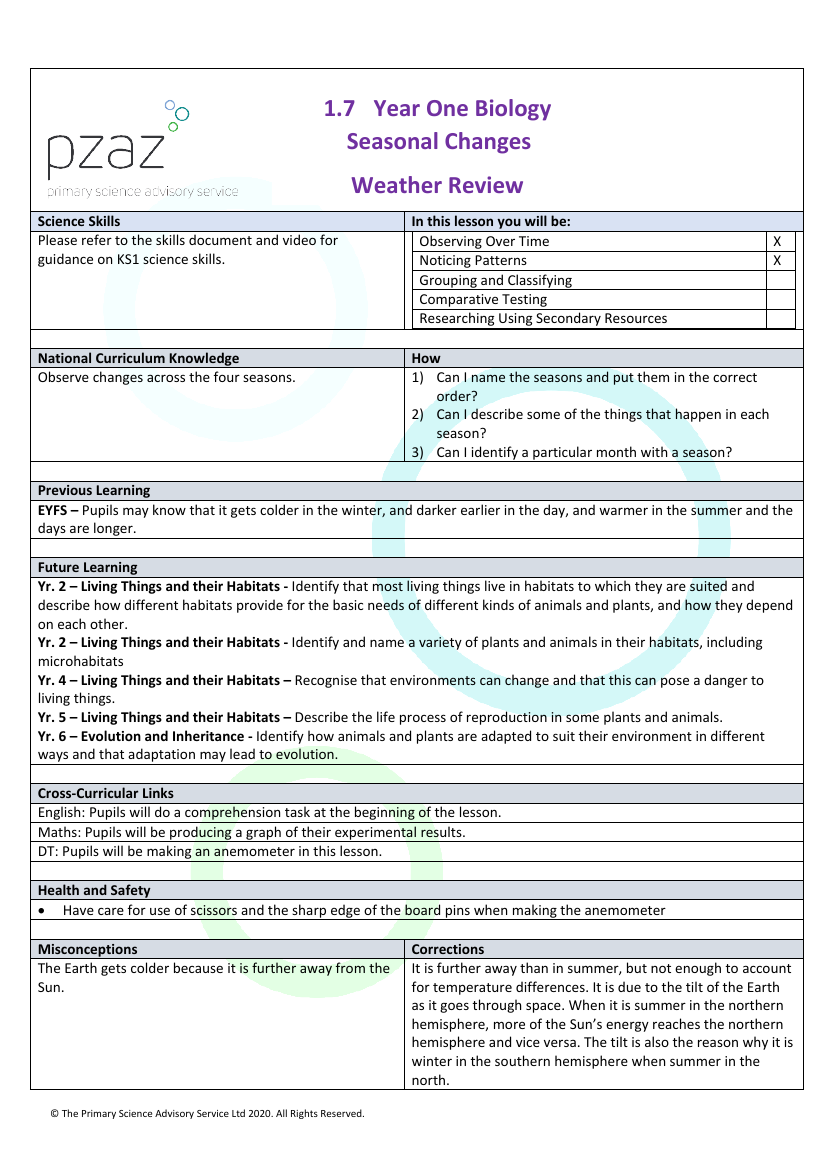
Science Resource Description
In an engaging science lesson plan focused on Key Stage 1 pupils, students are set to explore the dynamic concept of weather through various activities that encourage observation over time and noticing patterns. The lesson is grounded in the National Curriculum, aiming to bolster the pupils' understanding of seasonal changes. Students are expected to name the seasons in order, describe seasonal events, and associate specific months with each season. This lesson builds on early years foundation stage (EYFS) knowledge, where students may already be aware of basic seasonal changes like temperature and daylight variations, and sets a foundation for future learning about habitats and adaptation in living things.
The lesson includes a cross-curricular approach, integrating English comprehension tasks, mathematical graphing of experimental results, and even a design and technology project where students construct an anemometer. Health and safety considerations are addressed, particularly in the careful use of scissors and pins during the anemometer activity. The lesson also aims to correct common misconceptions about weather and seasons, such as the reasons for temperature changes throughout the year. Students will engage in hands-on activities like creating and interpreting graphs, experimenting with static electricity to simulate lightning, and measuring wind speed with their handcrafted anemometers. The plenary session will consolidate their learning, as they reflect on the number of seasons, name months associated with each, and describe observed changes, all while being guided by the insightful contributions of influential scientists like Anders Celsius and Daniel Fahrenheit.

